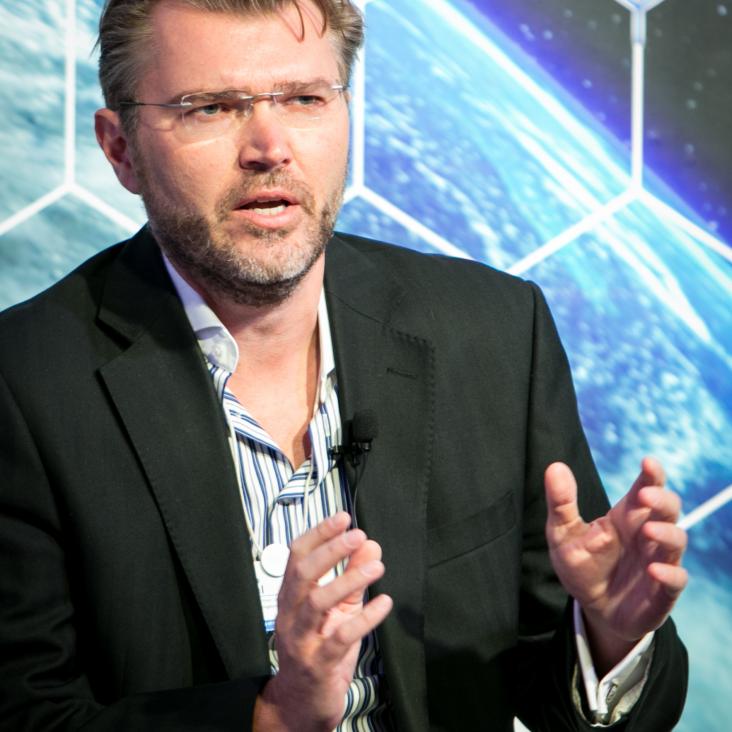Entanglement measures and purification procedures
Physical Review A - Atomic, Molecular, and Optical Physics 57:3 (1998) 1619-1633
Abstract:
We improve previously proposed conditions each measure of entanglement has to satisfy. We present a class of entanglement measures that satisfy these conditions and show that the quantum relative entropy and Bures metric generate two measures of this class. We calculate the measures of entanglement for a number of mixed two spin-1/2 systems using the quantum relative entropy, and provide an efficient numerical method to obtain the measures of entanglement in this case. In addition, we prove a number of properties of our entanglement measure that have important physical implications. We briefly explain the statistical basis of our measure of entanglement in the case of the quantum relative entropy. We then argue that our entanglement measure determines an upper bound to the number of singlets that can be obtained by any purification procedure. © 1998 The American Physical Society.Gravitationally induced entanglement between two massive particles is sufficient evidence of quantum effects in gravity
Physical Review Letters American Physical Society 119:24 (2017)
Abstract:
All existing quantum-gravity proposals are extremely hard to test in practice. Quantum effects in the gravitational field are exceptionally small, unlike those in the electromagnetic field. The fundamental reason is that the gravitational coupling constant is about 43 orders of magnitude smaller than the fine structure constant, which governs light-matter interactions. For example, detecting gravitons—the hypothetical quanta of the gravitational field predicted by certain quantum-gravity proposals—is deemed to be practically impossible. Here we adopt a radically different, quantum-information-theoretic approach to testing quantum gravity. We propose witnessing quantumlike features in the gravitational field, by probing it with two masses each in a superposition of two locations. First, we prove that any system (e.g., a field) mediating entanglement between two quantum systems must be quantum. This argument is general and does not rely on any specific dynamics. Then, we propose an experiment to detect the entanglement generated between two masses via gravitational interaction. By our argument, the degree of entanglement between the masses is a witness of the field quantization. This experiment does not require any quantum control over gravity. It is also closer to realization than detecting gravitons or detecting quantum gravitational vacuum fluctuations.Quantum Refrigeration with Indefinite Causal Order.
Physical review letters 125:7 (2020) 070603
Abstract:
We propose a thermodynamic refrigeration cycle which uses indefinite causal orders to achieve nonclassical cooling. The cycle cools a cold reservoir while consuming purity in a control qubit. We first show that the application to an input state of two identical thermalizing channels of temperature T in an indefinite causal order can result in an output state with a temperature not equal to T. We investigate the properties of the refrigeration cycle and show that thermodynamically, the result is compatible with unitary quantum mechanics in the circuit model but could not be achieved classically. We believe that this cycle could be implemented experimentally using tabletop photonics. Our result suggests the development of a new class of thermodynamic resource theories in which operations are allowed to be performed in an indefinite causal order.Fractional Contribution of Dynamical and Geometric Phases in Quantum Evolution
(2025)
No space, no time, no particles
The New Scientist Elsevier 268:3567 (2025) 30-34


